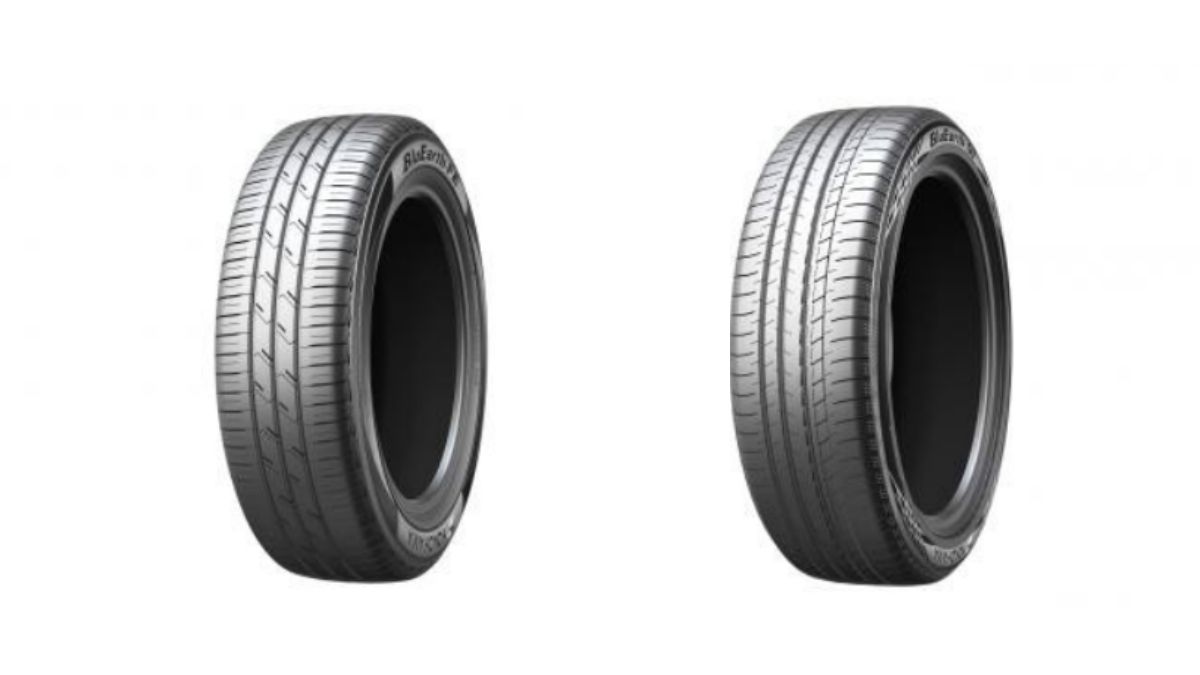MRF had its tryst with a new milestone on Monday, when the futures price drove to an all-time high of Rs 100,184 in intra-day trade, before settling at Rs 98,320.80 on the NSE.
With a price of Rs 97,432.55 (down 0.31%) as of Tuesday’s close, MRF remains the most expensive stock in India, with a market cap of over Rs 41,560 crore — the second largest after Balkrishna Industries, which commands Rs 41,825 crore.
This comes at a time when tyre stocks are on a smooth ride, with only two of the top 10 by market capitalisation returning losses over a 1-month period, and only three showing a decline over the last one year.
A recent Motilal Oswal report said MRF’s Q4 results surprised the Street, owing to lower raw material costs that helped boost its Ebitda margin to 14.7%.
While it expects Ebitda margin expansion to continue in FY24 on the back of softening raw material costs and operating leverage, it deems the present valuation of 22.3x the FY25E EPS expensive — representing a near-100% premium to its peers despite a weakening competitive position and similar capital efficiencies.
Data from the exchanges shows that on a 1-year basis, three of the top five tyre players have given over 50% returns to investors, compared to a 13.4% return by the Sensex.
“Crude and natural rubber account for 65-70% of tyre companies’ margins. Crude prices have softened and rubber is also expected to do well in terms of production and growth,” said Pankaj Pandey, head or research at ICICI Securities.
Data from the Rubber Board shows a near-16% fall in rubber prices during the 10-month period from May 2022 to March 2023 (latest available data) — from `17,270 to `14,528 (per 100 kg).
“CV sales are also estimated to be robust over the next two years, which are major drivers of tyre sales. Though April saw a dip in sales, this was due to massive pre-buying in March with the BS-VI norms set to kick in from April 1,” Pandey added. Urban demand remains robust, according to him. Sales of commercial vehicles slumped 34% in April vis-à-vis March.
A softening of crude prices by 30% over the past one year, from $103.09 per barrel to $72.43, only sweetened the deal.
Agrees Himanshu Singh, research analyst at Prabhudas Lilladher, saying that the approximate 8% fall in raw material prices against an expected 3% came as a major boost.
“Raw material prices had been on an uptrend for two years before this, and prices were not being passed on. But firms are now willing to pass it on to OEMs in case of any hike hereon, though not fully,” he said.
However, he cautioned that growth in the replacement market is outpacing that of OEMs’ revenue growth, which could impact margin growth.
“The volume outlook for tyres isn’t too negative but not too exciting either. Replacement or tyres and two-wheelers could be a concern, and companies have undertaken heavy capex, because of which debt levels haven’t reduced,” added Singh.
For instance, a report by Nuvama says that while CEAT’s Ebitda of `370 crore beat estimates by 26% on lower input costs, it expects margins in the quarters ahead to remain narrow amid stable costs and intensifying competition. Further, it sees volume growth moderating from 11% in FY23, at a 5% CAGR over FY23-25E, on the back of tapering OEM demand and moderating replacement/export demand.
CEAT has returned 54.4% to investors over the past one year. Apollo Tyres, the third-largest player with an m-cap of `24,188 crore, has given the best returns of 98.4% on a 1-year basis.
